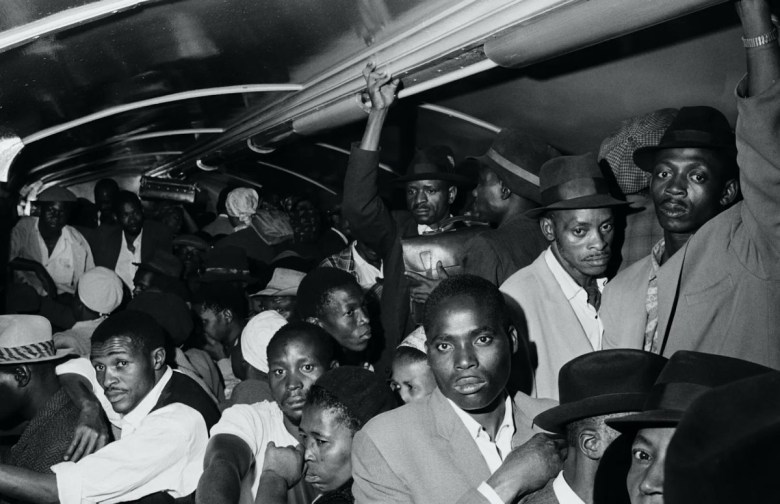The 2024 Cannes Film Festival showcased a number of films engaging with the visual arts — from a documentary and biopic exploring the fraught lives and careers of artists to the newly launched Immersive competition featuring eight VR and expanded cinema works that verge on digital art, performance, and installation. The VR works made by visual artists, in particular, illustrated how technology has allowed filmmakers to explore the ever-expanding possibilities for an immersive experience.
In Céline Sallette’s much-anticipated biopic, Niki (2024), Sallette and Canadian actress Charlotte le Bon create a rousing portrait of the French-American artist Niki de Saint Phalle as a young woman tormented by repressed memories of her father’s sexual abuse, and later grappling with mental illness, hospitalizations, electric shocks, and years of psychotherapy. As told in Niki, vulnerability and ambition, as well as anger at the patronizing male doctors and (primarily male) fellow artists she encountered, drove de Saint Phalle’s creativity, which came in spurts and sputters, before taking off in the 1960s. Although suffering in no way guarantees greatness, the film suggests that only when de Saint Phalle unleashed her rage against all male figures, including her violent lover (not named in the film but immortalized in “Saint Sebástien or Portrait of My Lover,” 1961) did her art soar. Sallette pays less attention to the artist’s formal advances; still, she convincingly captures the pressures of marriage and mothering, and de Saint Phalle’s dramatic decision to leave her family and live independently in order to launch her career.

The sting of marginalization is also poignantly felt in Raoul Peck’s Ernest Cole, Lost and Found (2024), a quietly seething portrait of South African photographer Ernest Cole. While it focuses primarily on Peck’s life and struggles to create, rather than his body of work, it also features a sumptuous array of his photographs. Born in South Africa’s capital, Pretoria, in 1940, Cole escaped apartheid after documenting it for more than a decade, culminating in the photo book House of Bondage, published to acclaim in 1967. He later settled in New York, which remained his primary home until his death from colon cancer in 1990, at the age of 49. The city’s allure, as well as the alienation he experienced there as a Black man and an outsider, inform the whole film, narrated by actor LaKeith Stanfield and based primarily on Cole’s own writings. The writings allow for an intimate depiction of Cole’s despair. He bridled when his American colleagues took issue with his observation that the newly desegregated South closely resembled the oppression and poverty he’d observed in South Africa’s Black communities. Disenchanted, yet exiled from his home — his work had been banned in South Africa and his passport revoked — his output dwindled, despite magazine commissions and prestigious grants, until he fell into a near-complete obscurity.

The archives of Cole’s work were believed to be lost, until some 60,000 images turned up in a Swedish bank in 2017. In a way, the VR film Colored (2023), by Tania de Montaigne, Stéphane Foenkinos, and Pierre-Alain Giraud, is a similar case of archival retrieval. This year’s Immersive competition winner is based on de Montaigne’s research and book on Claudette Colvin, a Black 15-year-old girl from Alabama, who, in 1955 — shortly before the more famous case of Rosa Parks helped overturn segregation laws — refused to give her seat to a White person on a bus. By reclaiming Colvin as a forgotten protester, the work emphasizes the Civil Rights movement as a series of escalating, often unsung, acts of resistance. Through VR vignettes, Foenkinos and Giraud recap key scenes from Colvin’s life, such as riding the bus, pacing inside a jail cell to which she was dragged by the police, and sitting in a courtroom, where she was sentenced for violating segregation laws. The audience is invited to walk through these different spaces, in addition to sitting on benches and taking in the experience as conventional cinema. The vignettes are interspersed with archival footage of Civil Rights protests and a video in which de Montaigne narrates Colvin’s life, both shown on a screen.
Two other VR works in the Immersive program pushed the audience participation further. The wildly imaginative Maya: The Birth of a Superhero (2023) by Poulomi Basu and CJ Clarke tells the story of a South Asian adolescent girl coping with a cultural context in which menstruation is perceived as unclean and with high school bullying. At one point, I found myself riding a giant tampon, carried by the current of menstrual blood, while being attacked by a giant octopus, and firing back on it by closing and opening my palms.

During Traversing the Mist (2023), by Tung-Yen Chou, set inside a Taiwanese gay sauna, I entered elevators, locker rooms, sauna rooms, and dimly lit backrooms, using joysticks to open doors and move objects, such as keys and lighters. The movement made the interiors seem uncannily real, though if I stepped outside the allowed parameters, a neon grid occasionally appeared. Nevertheless, the VR was so spatially convincing that I could feel the anxiety of sudden vertigo when the walls and floors began to fall away or float, before the carefully constructed world became an enveloping and surreal journey inside a man’s muscled body. Utterly unlike anything I’ve experienced in Cannes this year, Traversing the Mist felt more akin to a living theater, awakening not only the senses but the whole body.
With its heightened sensuality and spatial awareness, Traversing the Mist testified to VR’s enormous potential to push the boundaries of cinema and performance art. However, each film, in its own way, reinforced the ability of art to emerge from and resonate with the viewer in on deeply felt level.


